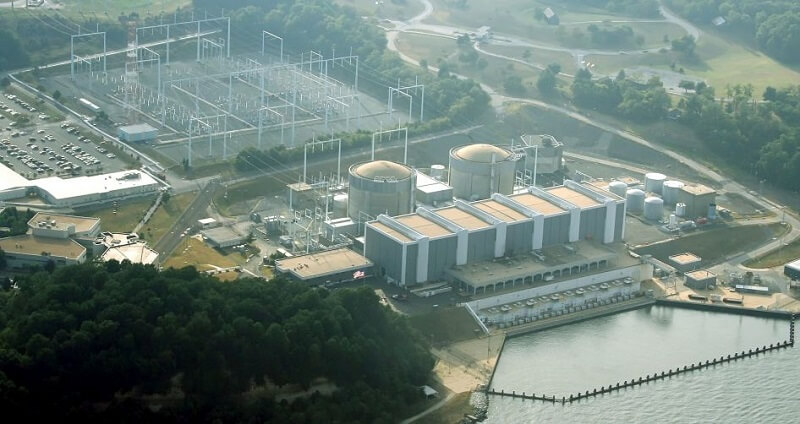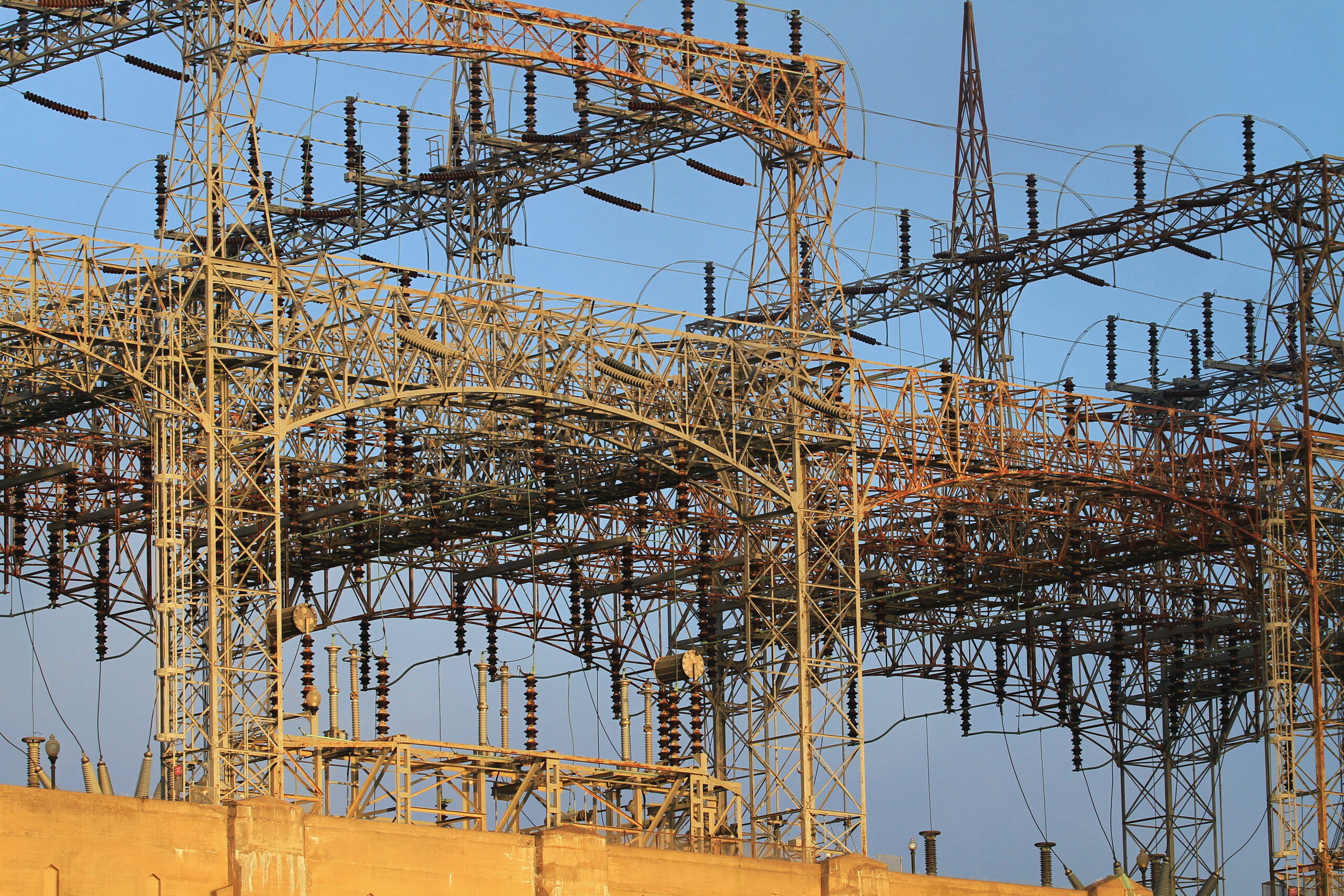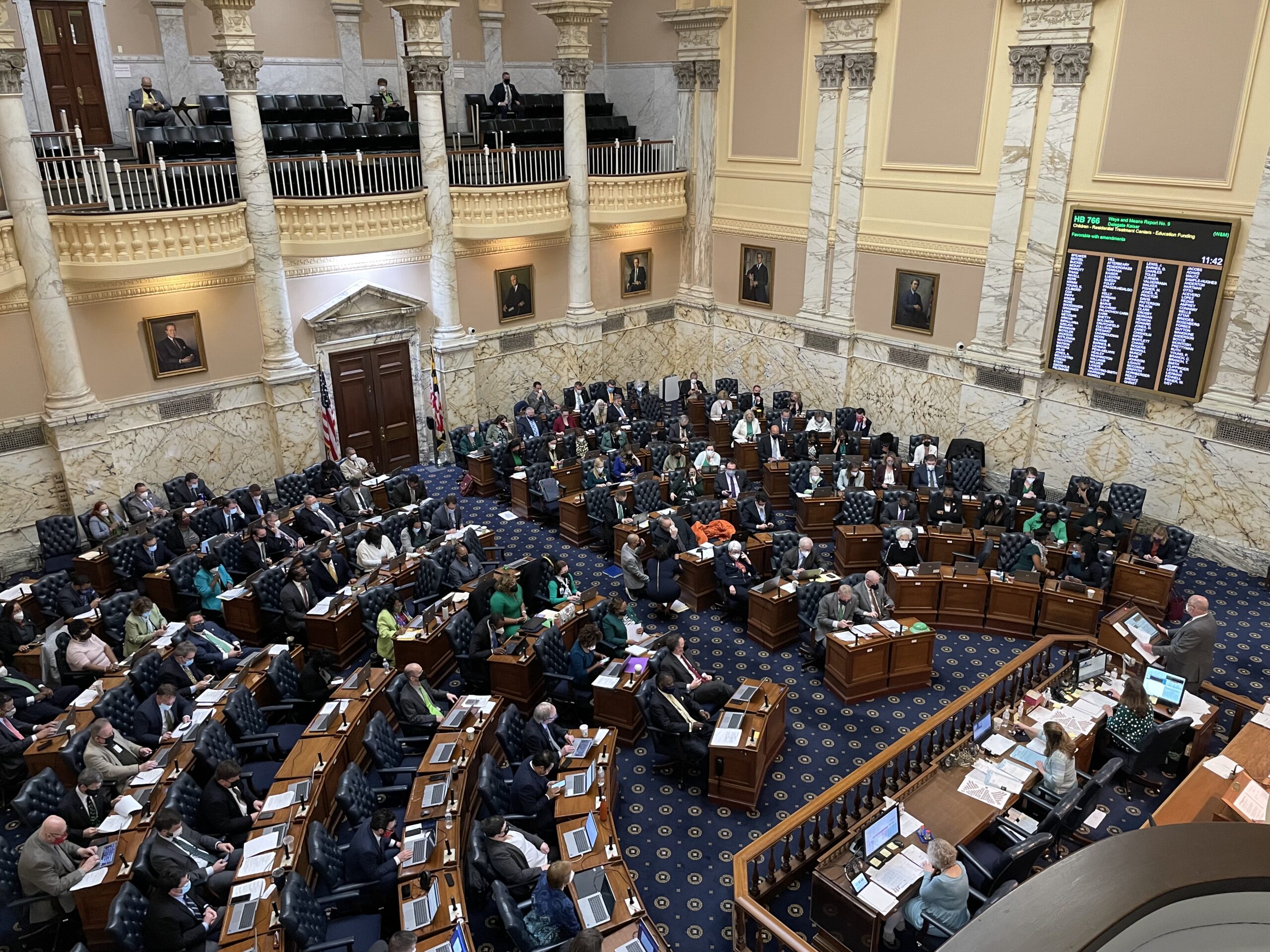Opinion: Adding Nuclear Energy to Md.’s Renewable Portfolio Is a Threat to Climate Action

Scientists have made it explicitly clear, we have 12 years to take bold climate action to save our collective futures. To meet the urgency of this crisis, energy policy in Maryland must conserve more, use the energy we have wisely and efficiently, and rely only on sources of energy that are clean, renewable and tread lightly on the planet. There is a bill making its way through the General Assembly that threatens to upend this vision.
The “Study on the Future of Nuclear Energy in Maryland” (House Bill 600) would require the state to study if nuclear energy should be added in to our state’s Renewable Portfolio Standard. The bill, backed by the Exelon Company, the Chicago-based, mega-corporation that owns BGE, Pepco and Delmarva Power, passed through the House of Delegates and is now being considered in the Senate. This legislation was originally written to add nuclear energy as a Tier 1 renewable energy, the same classification as solar and wind. It was amended to be a study, but still poses a major threat to our state taking serious climate action.
If the study resulted in the General Assembly adding nuclear energy to the Renewable Portfolio Standard, it would mean that ratepayers’ money would be handed to Calvert Cliffs, our state’s nuclear reactor, in the form of renewable energy credits, profiting this flailing industry at the expense of growing solar and wind. It could also allow out of state nuclear power plants to sell renewable energy credits into Maryland, sending Maryland ratepayer dollars to prop up out-of-state reactors. Nuclear power is among the most costly approaches to addressing Maryland’s energy problems and is potentially catastrophic. Ultimately, ratepayer money shouldn’t be going to this industry.
As we figure out how to transition to 100 percent clean, renewable energy as quickly as possible, there will be robust debate on when and how to shut down our old, expensive, dirty and dangerous nuclear power plants, as well as our incinerators and coal-fired power plants. However, with wind and solar at our fingertips there’s simply no need to subsidize nor incentivize nuclear power. Clean, renewable energy sources can produce far more electricity than nuclear plants for less money.
When we subsidize nuclear power we are left with aging facilities and nuclear waste we have no way to dispose of. When we subsidize and invest in new renewable energy we are building the energy of our future.
Nuclear power is bad for ratepayers, public health, public safety and undermines our efforts to transition to 100 percent clean, renewable energy. Every dollar we spend propping up the old, uneconomic nuclear plants is a dollar we cannot invest in a clean, renewable energy future. And forget about building new reactors: every reactor that has been proposed has proved too expensive and prone to failure, going billions of dollars over-budget and up to a decade or more behind schedule.
We only need to look to Illinois to see what nuclear power giant Exelon is trying to do in Maryland. The corporation threatened to block renewable energy programs until it got a $2.5 billion bailout for three of its nuclear reactors. And two years later, it is already back at the trough again, demanding subsidies for eight more reactors in Illinois.
HB 600 is utterly inconsistent with the RPS, would only serve to cue up a wasteful and counterproductive debate in the 2020 legislative session, and could undermine the entire RPS program. We don’t need additional research to tell us what decades of research has already proven time and time again: nuclear power is too risky and too expensive.
A Maryland PIRG report released after the Fukushima Daiichi crisis in Japan demonstrated a long history of safety problems with reactors in the United States, “near misses” and radioactive leaks, including a 2003 leak in Calvert Cliffs.
We have been subsidizing nuclear power for too long in one form or another. Ratepayers have funded their construction and padded their profits. In fact, we’ve already bailed out Calvert Cliffs at least once before. In 1998, ratepayers were forced to pay off over half a billion of Calvert Cliffs’ bad debts so the reactors could operate profitably when Maryland transitioned to a competitive electricity market. When nuclear power companies do well they reap the profits, and when they struggle we foot the bill. It’s a win-win for them, and a lose-lose for us. No more.
If we are serious about addressing climate change and transitioning to clean, renewable energy, we must focus on energy efficiency programs, the development of clean, renewable energy sources like wind and solar, and transitioning our transportation system to more electric vehicles and public transit options.
The Maryland Senate should reject HB 600.
–EMILY SCARR, TIM JUDSON AND RIANNA ECKEL
The writers are, respectively, director of Maryland PIRG (Twitter: @EmilyScarr, @MarylandPIRG); executive director of the Nuclear Information and Resource Service (Twitter: @TimJudsonNY, @nirsnet); and senior Maryland organizer with Food & Water Watch (Twitter: @RiannaEckel, @FWWMaryland).
Did someone forward this to you?
Get your own daily morning news roundup in your inbox. Free. Sign up here.



 Creative Commons Attribution
Creative Commons Attribution